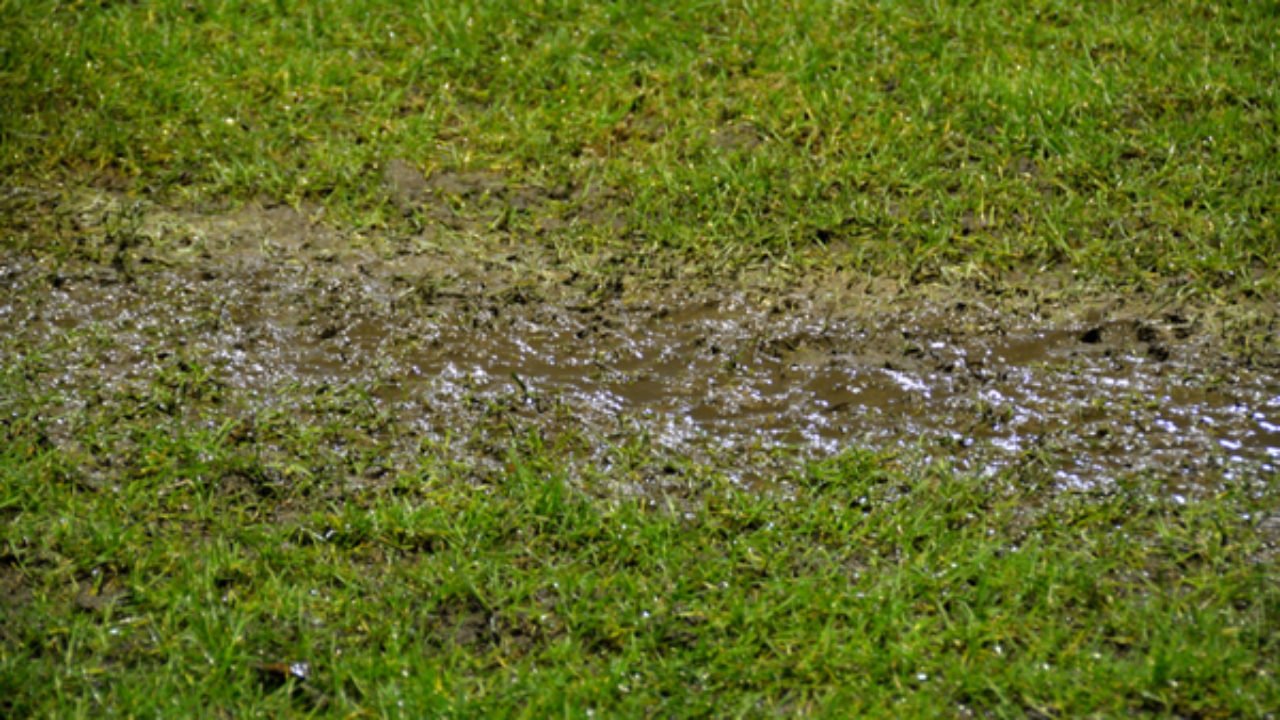They are making several great pointers regarding Hacks to detect leaks as a whole in this article followed below.

Early discovery of dripping water lines can reduce a possible calamity. Some small water leaks may not be visible.
1. Check Out the Water Meter
Every residence has a water meter. Checking it is a surefire way that helps you uncover leakages. For beginners, shut off all the water resources. Guarantee nobody will flush, use the faucet, shower, run the washing device or dishwashing machine. From there, go to the meter as well as watch if it will change. Because no one is using it, there ought to be no activities. That suggests a fast-moving leakage if it moves. Likewise, if you detect no changes, wait a hr or more and check back again. This implies you might have a sluggish leak that can even be below ground.
2. Inspect Water Intake
If you detect unexpected adjustments, despite your consumption being the exact same, it means that you have leaks in your plumbing system. A sudden spike in your bill suggests a fast-moving leakage.
Meanwhile, a stable increase monthly, despite having the very same behaviors, shows you have a slow leakage that's also gradually rising. Call a plumber to extensively inspect your residential or commercial property, specifically if you feel a cozy location on your flooring with piping underneath.
3. Do a Food Coloring Examination
30% comes from bathrooms when it comes to water intake. Examination to see if they are running properly. Decrease flecks of food shade in the container and wait 10 mins. If the shade somehow infiltrates your dish during that time without flushing, there's a leak in between the tank and also bowl.
4. Asses Outside Lines
Don't forget to inspect your exterior water lines too. Must water permeate out of the connection, you have a loose rubber gasket. One little leakage can throw away lots of water and surge your water bill.
5. Evaluate and Analyze the Situation
Property owners need to make it a behavior to examine under the sink counters as well as also inside cupboards for any bad odor or mold development. These two warnings suggest a leakage so timely interest is needed. Doing regular assessments, also bi-annually, can save you from a significant problem.
If you understand your home is already old, maintain a watchful eye on your heating systems, hoses, pipelines etc. Look for discolorations as well as damaging as the majority of pipes as well as home appliances have a life expectancy. They will likewise naturally wear away as a result of wear and tear. If you think dripping water lines in your plumbing system, don't wait on it to intensify. Call a specialist plumber today so you don't end up with a terrible mess in your home.
Early discovery of dripping water lines can alleviate a potential calamity. Some small water leaks may not be noticeable. Inspecting it is a surefire method that aids you discover leakages. One tiny leakage can throw away bunches of water and surge your water costs.
If you think dripping water lines in your plumbing system, do not wait for it to intensify.
WARNING SIGNS OF WATER LEAKAGE BEHIND THE WALL
PERSISTENT MUSTY ODORS
As water slowly drips from a leaky pipe inside the wall, flooring and sheetrock stay damp and develop an odor similar to wet cardboard. It generates a musty smell that can help you find hidden leaks.
MOLD IN UNUSUAL AREAS
Mold usually grows in wet areas like kitchens, baths and laundry rooms. If you spot the stuff on walls or baseboards in other rooms of the house, it’s a good indicator of undetected water leaks.
STAINS THAT GROW
When mold thrives around a leaky pipe, it sometimes takes hold on the inside surface of the affected wall. A growing stain on otherwise clean sheetrock is often your sign of a hidden plumbing problem.
PEELING OR BUBBLING WALLPAPER / PAINT
This clue is easy to miss in rooms that don’t get much use. When you see wallpaper separating along seams or paint bubbling or flaking off the wall, blame sheetrock that stays wet because of an undetected leak.
BUCKLED CEILINGS AND STAINED FLOORS
If ceilings or floors in bathrooms, kitchens or laundry areas develop structural problems, don’t rule out constant damp inside the walls. Wet sheetrock can affect adjacent framing, flooring and ceilings.
https://www.servicemasterbyzaba.com/blog/how-to-detect-water-leakage-in-walls/

I stumbled upon that piece about Hacks to detect leaks while browsing the web. So long as you liked our blog entry if you please be sure to share it. Thanks a lot for your time. Visit us again soon.